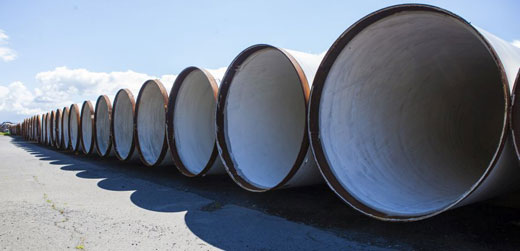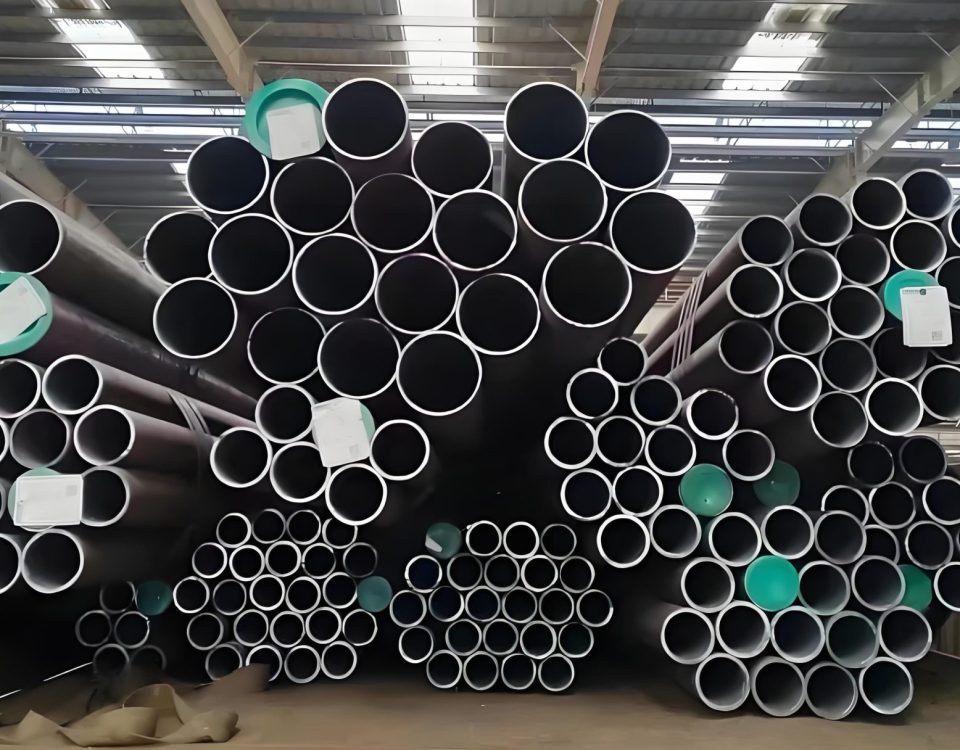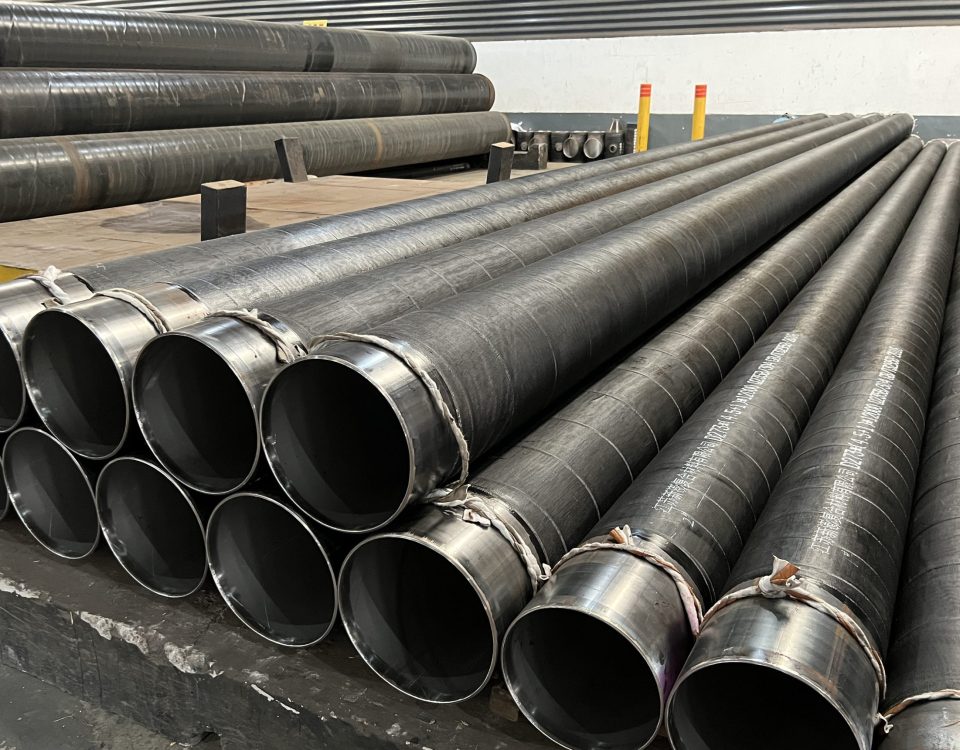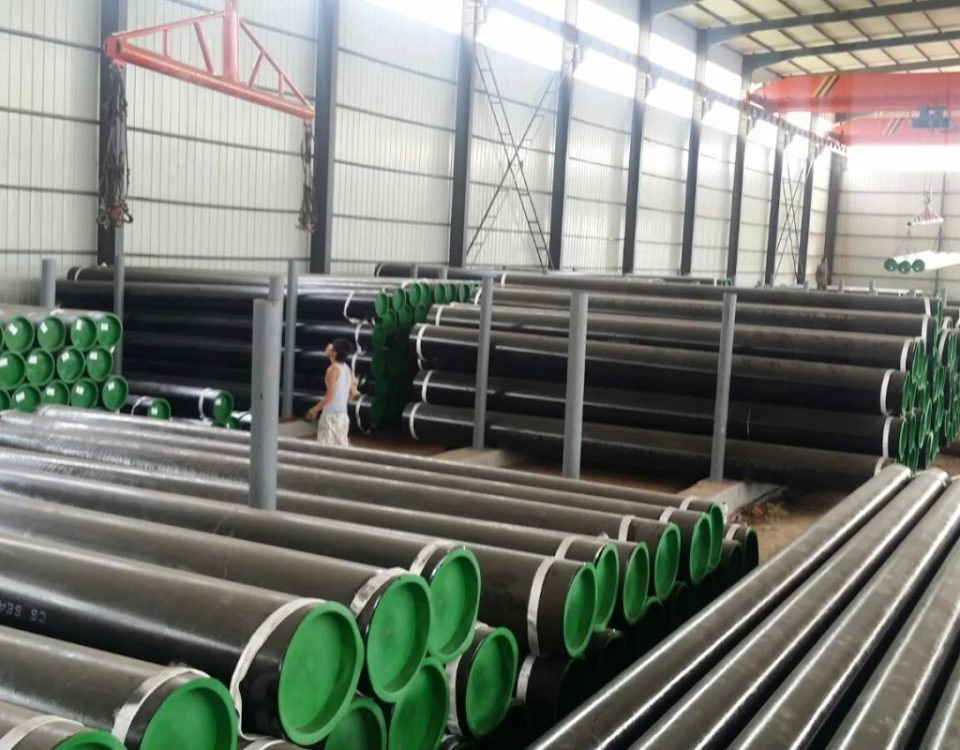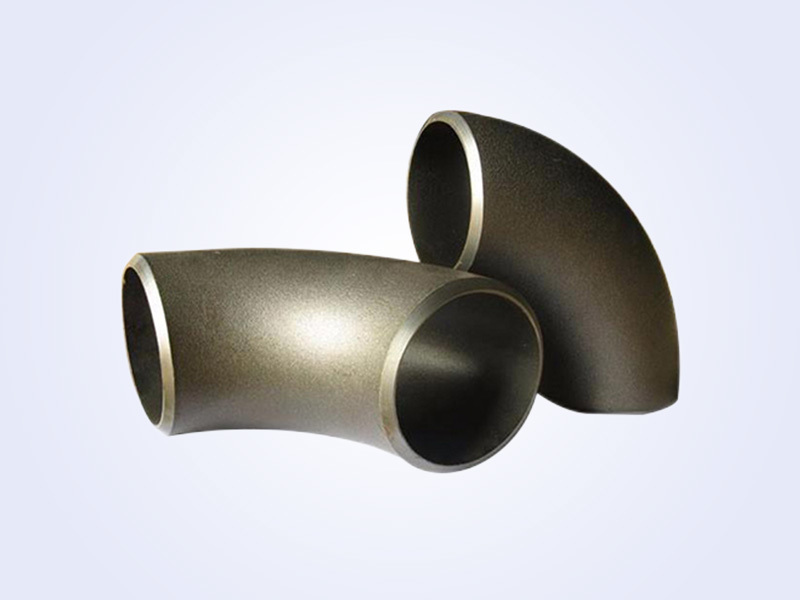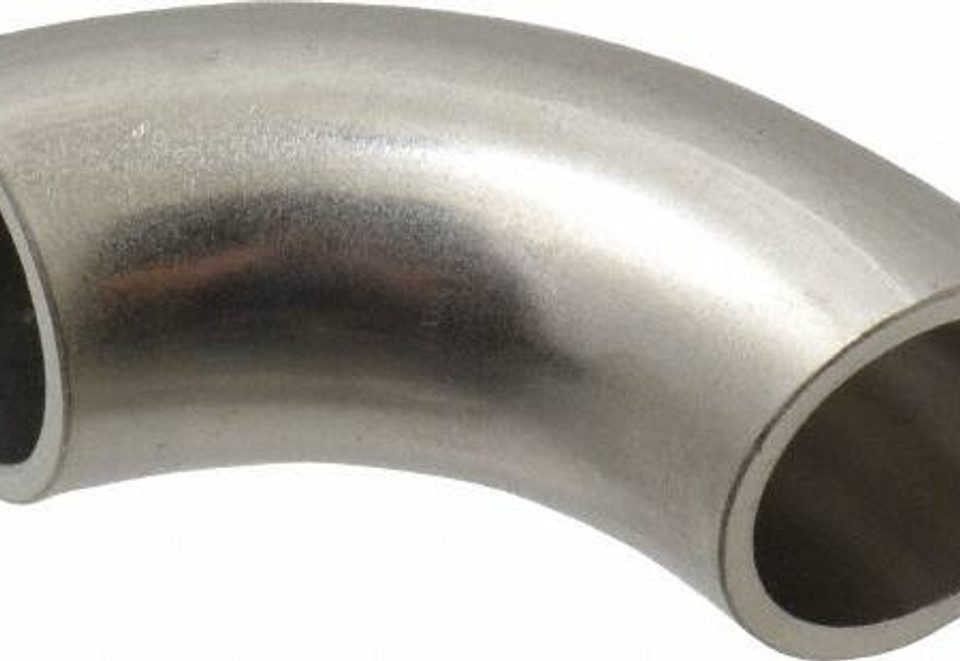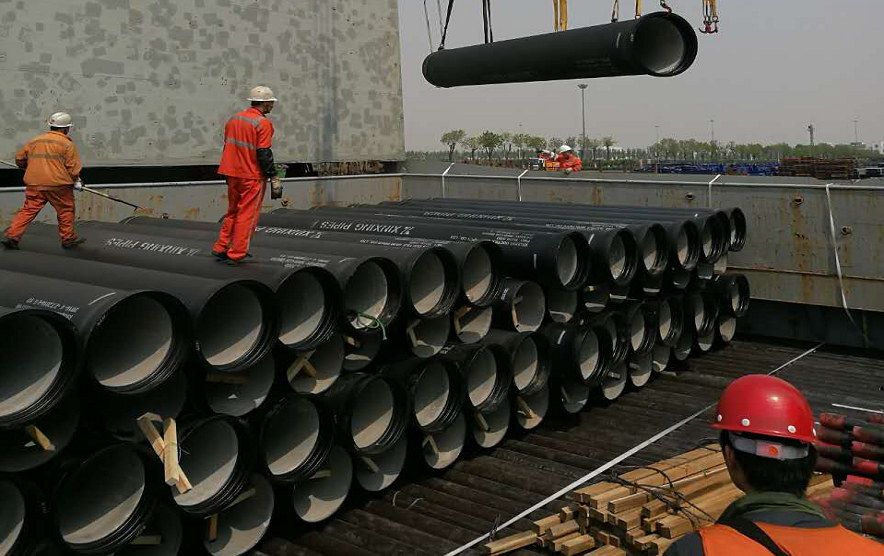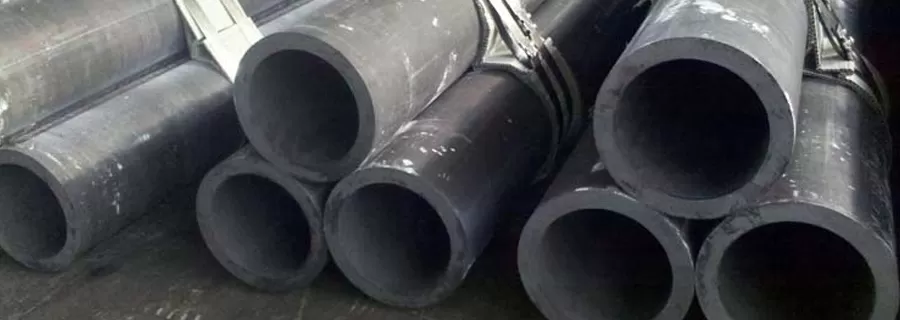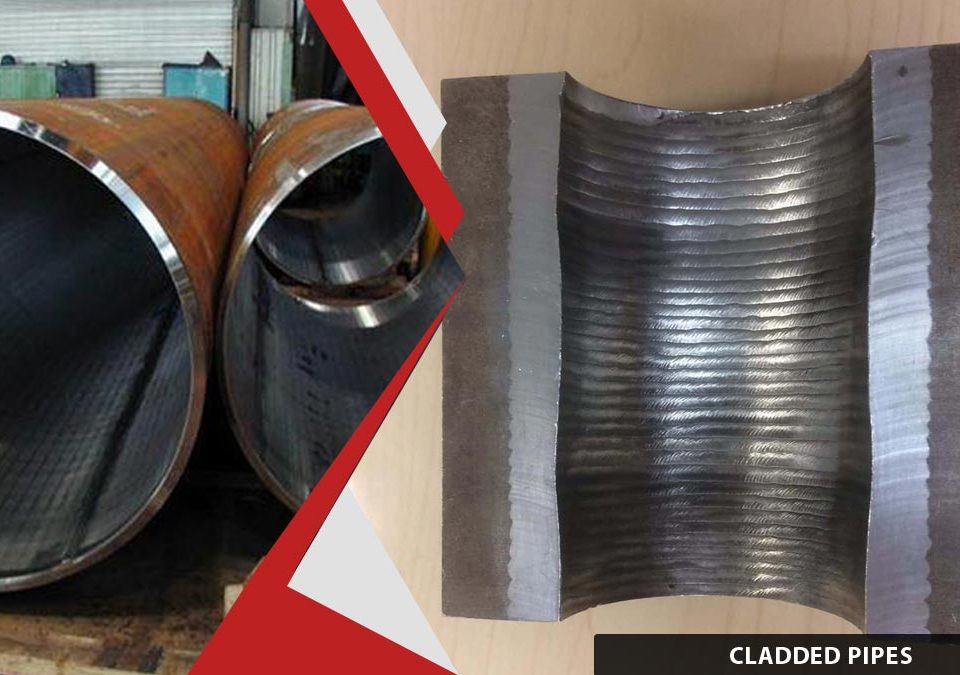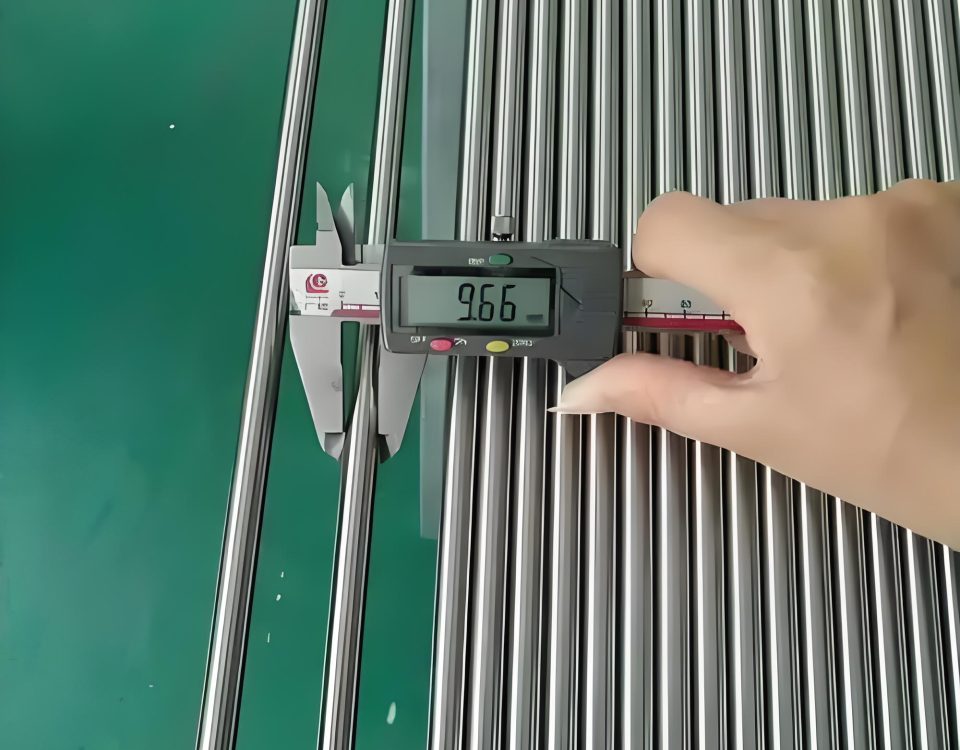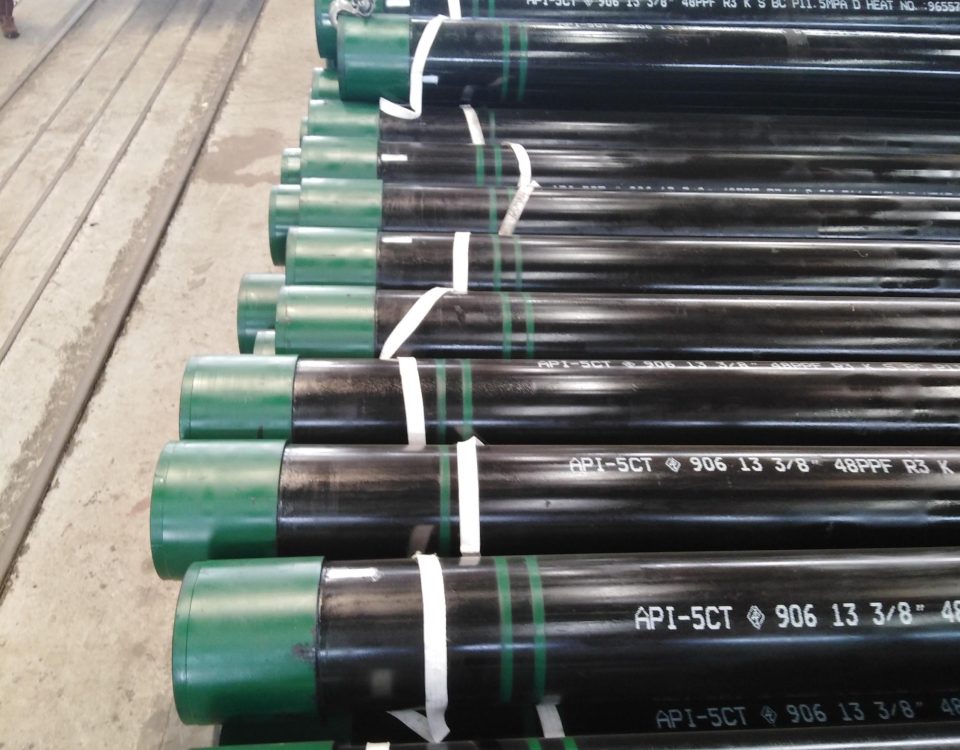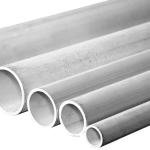
Effect of Pipe Diameter on Electrochemical Behavior of 304 Stainless Steel Pipes in Tap Water
October 5, 2024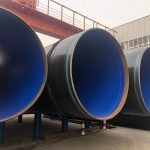
Steel Water Pipe Design, Lining, Coating, Joints, and Installation
October 10, 2024Introduction
Steel pipes are integral components in various industries, from construction to oil and gas. Their durability and strength make them ideal for transporting fluids and gases over long distances. However, to ensure their longevity and efficiency, it’s crucial to consider aspects like coatings, design, and installation. This comprehensive guide delves into these facets, providing insights into the best practices and innovations in the field.
1. Understanding Steel Pipes
Steel pipes are cylindrical tubes made from steel, a versatile and durable material. They are used in numerous applications, including plumbing, gas lines, and structural support. The choice of steel as a material is due to its high tensile strength, resistance to pressure, and ability to withstand extreme temperatures.
2. Importance of Coatings on Steel Pipes
Coatings are essential for steel pipes as they provide a protective layer against corrosion, abrasion, and other environmental factors. Without proper coatings, steel pipes can deteriorate quickly, leading to leaks, structural failures, and costly repairs.
3. Types of Coatings for Steel Pipes
There are several types of coatings used for steel pipes, each serving a specific purpose:
- Epoxy Coatings: Known for their excellent adhesion and chemical resistance, epoxy coatings are commonly used in pipelines.
- Polyurethane Coatings: These coatings provide a durable and flexible layer, ideal for pipes exposed to harsh weather conditions.
- Bituminous Coatings: Often used for underground pipes, bituminous coatings offer excellent moisture resistance.
- Fusion Bonded Epoxy (FBE): A popular choice for its strong adhesion and resistance to high temperatures.
4. Benefits of Proper Coating
Proper coating of steel pipes offers numerous benefits:
- Corrosion Resistance: Protects against rust and chemical damage.
- Extended Lifespan: Increases the durability and longevity of the pipes.
- Reduced Maintenance Costs: Minimizes the need for frequent repairs and replacements.
- Improved Safety: Prevents leaks and structural failures, ensuring safe operation.
5. Design Considerations for Steel Pipes
Designing steel pipes involves several considerations to ensure optimal performance:
- Material Selection: Choosing the right type of steel based on the application and environmental conditions.
- Pipe Diameter and Thickness: Determining the appropriate size to handle the expected pressure and flow rate.
- Joint Design: Ensuring secure connections to prevent leaks and maintain structural integrity.
6. Factors Affecting Pipe Design
Several factors influence the design of steel pipes:
- Environmental Conditions: Temperature, humidity, and exposure to chemicals can affect the choice of materials and coatings.
- Load Requirements: The weight and pressure the pipes must withstand determine their thickness and support structure.
- Regulatory Standards: Compliance with industry standards and regulations is crucial for safety and reliability.
7. Installation Process Overview
The installation of steel pipes involves several steps to ensure proper alignment, connection, and support. A well-executed installation process is critical for the system’s overall performance and longevity.
8. Preparing for Pipe Installation
Preparation is key to a successful installation:
- Site Assessment: Evaluating the installation site for potential challenges and hazards.
- Material Inspection: Checking pipes and fittings for defects or damage before installation.
- Equipment Setup: Ensuring all necessary tools and equipment are available and in good working condition.
9. Steps in Installing Steel Pipes
The installation process typically involves the following steps:
- Laying Out the Pipes: Positioning the pipes according to the design plan.
- Joining the Pipes: Using appropriate methods such as welding or mechanical couplings.
- Securing the Pipes: Installing supports and anchors to maintain alignment and stability.
10. Welding Techniques for Steel Pipes
Welding is a common method for joining steel pipes, offering strong and leak-proof connections. Various techniques are used, including:
- Arc Welding: A versatile and widely used method for steel pipe welding.
- TIG Welding: Provides precise control and high-quality welds, ideal for thin-walled pipes.
- MIG Welding: Offers fast and efficient welding for large-scale projects.
11. Quality Control and Testing
Ensuring the quality and integrity of steel pipes is essential for safe and reliable operation:
- Visual Inspections: Checking for visible defects and ensuring proper alignment.
- Pressure Testing: Verifying the pipes can withstand the expected pressure without leaks.
- Non-Destructive Testing (NDT): Using techniques like ultrasonic testing to detect internal flaws.
12. Maintenance of Coatings
Regular maintenance of pipe coatings is crucial to prevent corrosion and extend the lifespan of steel pipes:
- Inspection Schedules: Conducting routine inspections to identify and address coating damage.
- Repair Techniques: Applying touch-up coatings or replacing damaged sections as needed.
- Environmental Considerations: Ensuring maintenance practices comply with environmental regulations.
13. Environmental Impact
The production, installation, and maintenance of steel pipes can have environmental implications. It’s important to consider:
- Sustainable Materials: Using eco-friendly coatings and materials to reduce environmental impact.
- Waste Management: Proper disposal of waste materials and minimizing emissions during installation.
- Energy Efficiency: Implementing energy-saving practices in the production and installation processes.
14. Innovations in Pipe Coatings
Advancements in coating technology continue to improve the performance and durability of steel pipes:
- Nanotechnology: Developing coatings with enhanced properties such as self-healing and increased resistance to abrasion.
- Smart Coatings: Incorporating sensors and monitoring capabilities to detect and report damage or wear.
- Bio-based Coatings: Using renewable materials to create environmentally friendly coatings.
15. Future Trends in Pipe Design
The future of steel pipe design is shaped by emerging technologies and changing industry demands:
- Advanced Materials: Exploring new alloys and composites for improved strength and corrosion resistance.
- Digital Design Tools: Utilizing software and simulations to optimize pipe design and performance.
- Integrated Systems: Designing pipes as part of larger, interconnected systems for enhanced efficiency and control.
16. Case Studies on Successful Installations
Examining real-world examples of successful steel pipe installations provides valuable insights into best practices and lessons learned:
- Project A: Highlighting innovative design and installation techniques used in a large-scale pipeline project.
- Project B: Discussing the challenges and solutions implemented in a complex urban infrastructure installation.
- Project C: Showcasing the benefits of advanced coatings in a high-corrosion environment.
17. Safety Measures during Installation
Ensuring the safety of workers and the surrounding environment is paramount during steel pipe installation:
- Personal Protective Equipment (PPE): Providing appropriate gear to protect workers from hazards.
- Safety Protocols: Implementing procedures to prevent accidents and injuries.
- Emergency Preparedness: Having plans in place to respond to incidents quickly and effectively.
18. Conclusion
Steel pipes play a vital role in modern infrastructure, and their performance depends on careful consideration of coatings, design, and installation. By staying informed about the latest advancements and best practices, industries can ensure the safe, efficient, and sustainable use of steel pipes for years to come.

